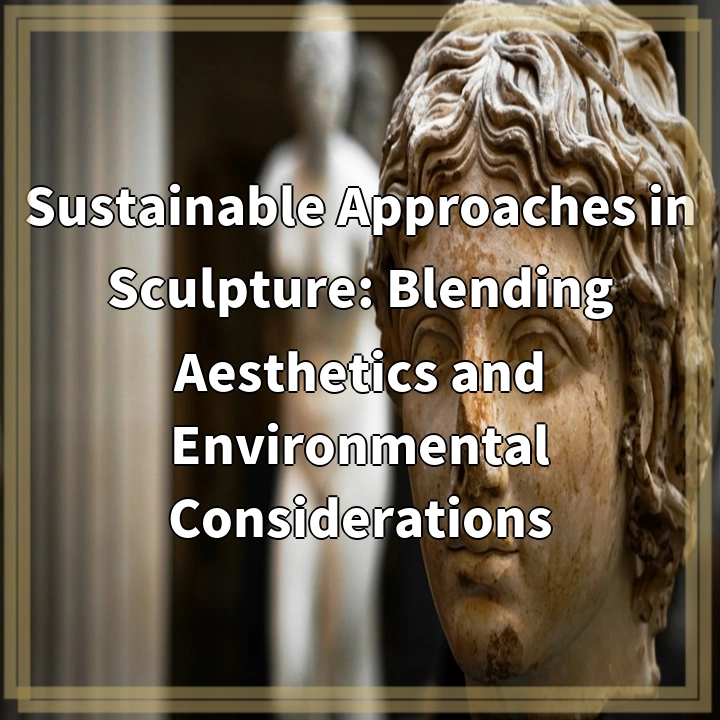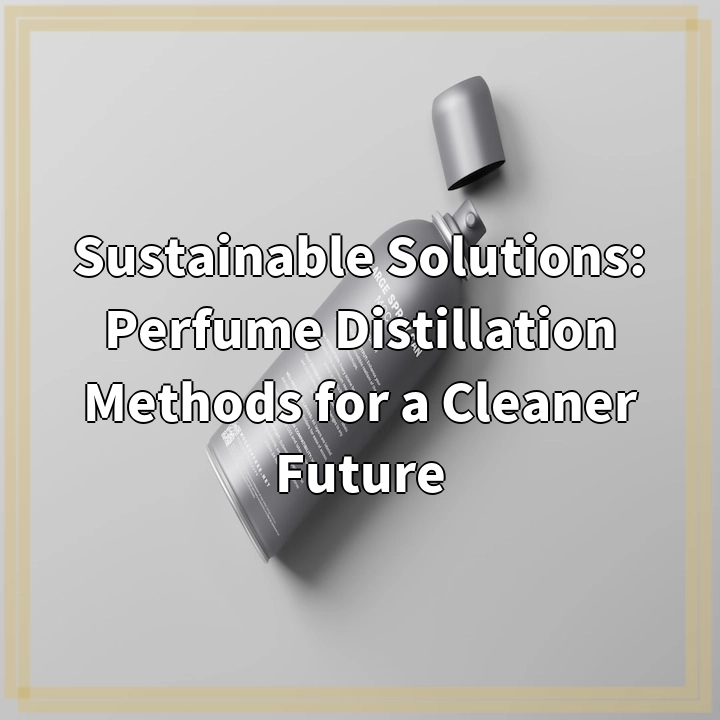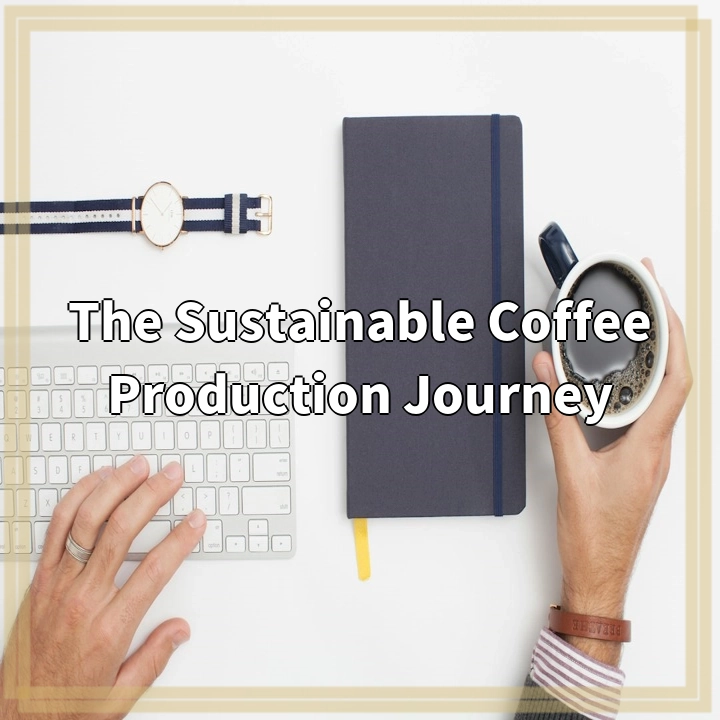
What is Sustainable Approaches in Sculpture?
Sustainable Approaches in Sculpture refers to the incorporation of environmentally friendly practices and materials in the creation and presentation of sculptural artworks. It involves considering the environmental impact throughout the entire process, from material selection and fabrication techniques to installation and long-term maintenance.
Real-World Problems Associated with Sustainable Approaches in Sculpture
While the adoption of sustainable practices in sculpture is commendable, it does come with its own set of challenges and real-world problems. The following are a few key issues that artists and stakeholders often face:
1. Material Sourcing and Availability
One of the primary challenges in sustainable sculpture is finding sustainable and eco-friendly materials. Artists often struggle to locate and acquire materials that are ethically sourced, non-toxic, and renewable. Limited availability of such materials can hinder the realization of sustainable sculpture projects.
2. Balancing Aesthetics and Durability
Sustainability and aesthetics are not always easily reconciled in sculpture. While sustainable materials may align with ecological considerations, they may not necessarily possess the desired aesthetic qualities or durability needed for outdoor installations. Artists must navigate this balance, finding materials that are both visually appealing and environmentally friendly.
3. Maintenance and Longevity
Maintaining sustainable sculpture over time can pose challenges. Environmental factors such as weather conditions, pollution, and natural wear and tear can impact the integrity and appearance of the artwork. Artists and institutions need to employ strategies to ensure the long-term durability and sustainability of the sculpture in the face of these challenges.
4. Education and Awareness
Despite the increasing popularity of sustainable approaches in sculpture, there is still a need for greater education and awareness. Many artists, collectors, and communities may not be fully aware of sustainable practices or the benefits they provide. Strengthening education initiatives and raising awareness can help foster a more widespread adoption of sustainable approaches in sculpture.
5. Cost Considerations
Implementing sustainable practices and using eco-friendly materials can often come at a higher cost compared to more conventional methods and materials. This cost factor can be a barrier for some artists or institutions, limiting their ability to engage in sustainable sculpture initiatives. Exploring cost-effective alternatives and finding ways to overcome financial constraints is an ongoing challenge in this field.

Solutions for Sustainable Approaches in Sculpture
Addressing the real-world problems associated with sustainable approaches in sculpture requires innovative solutions and collaborative efforts. The following are some key strategies to overcome these challenges:
1. Collaboration and Research
By establishing collaborations between artists, scientists, and environmental experts, it becomes possible to conduct research and identify sustainable materials and techniques for sculptural creations. Sharing knowledge and resources can enhance the availability and accessibility of eco-friendly materials.
2. Material Innovation
Embracing material innovation can open up new possibilities for sustainable sculpture. Researchers and artists are continually exploring alternative materials that are both aesthetically pleasing and environmentally friendly. This includes experimenting with recycled materials, biodegradable options, and sustainable manufacturing processes.
3. Maintenance and Conservation Strategies
To ensure the longevity and sustainability of sculptures, implementing proper maintenance and conservation strategies is essential. This can involve regular cleaning, repairs, and the use of protective coatings that are eco-friendly. Engaging professional conservators and leveraging technology can help mitigate environmental damages and extend the lifespan of sculptures.
4. Advocacy and Outreach
Educating the public and advocating for sustainable approaches in sculpture is crucial. Artists, art institutions, and environmental organizations can collaborate to raise awareness through exhibitions, workshops, and educational programs. Engaging with the community and promoting the benefits of sustainable art can create a demand for eco-friendly sculptures.
5. Funding and Grants
Securing funding and grants specifically earmarked for sustainable sculpture projects can alleviate the financial burden associated with implementing environmentally friendly practices. Governments, foundations, and art organizations can create funding opportunities to support artists and institutions committed to sustainable approaches.
In conclusion, while there are challenges surrounding sustainable approaches in sculpture, solutions can be found through collaboration, material innovation, maintenance strategies, advocacy, and dedicated funding. By addressing these issues and embracing sustainable practices, artists can create sculptures that blend aesthetics with environmental considerations, leading to a more sustainable and environmentally conscious art world.















